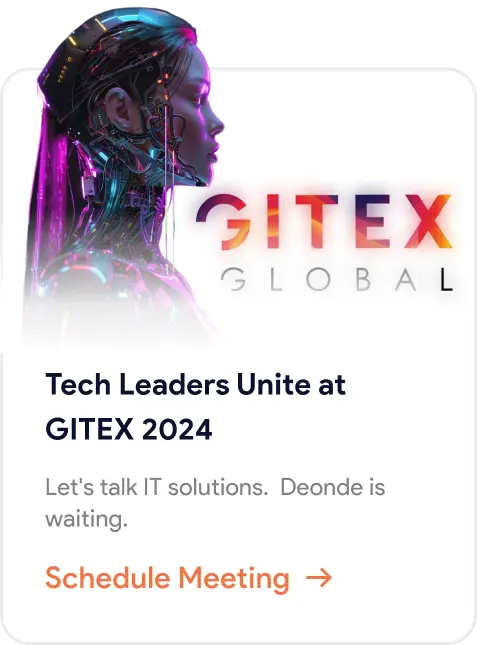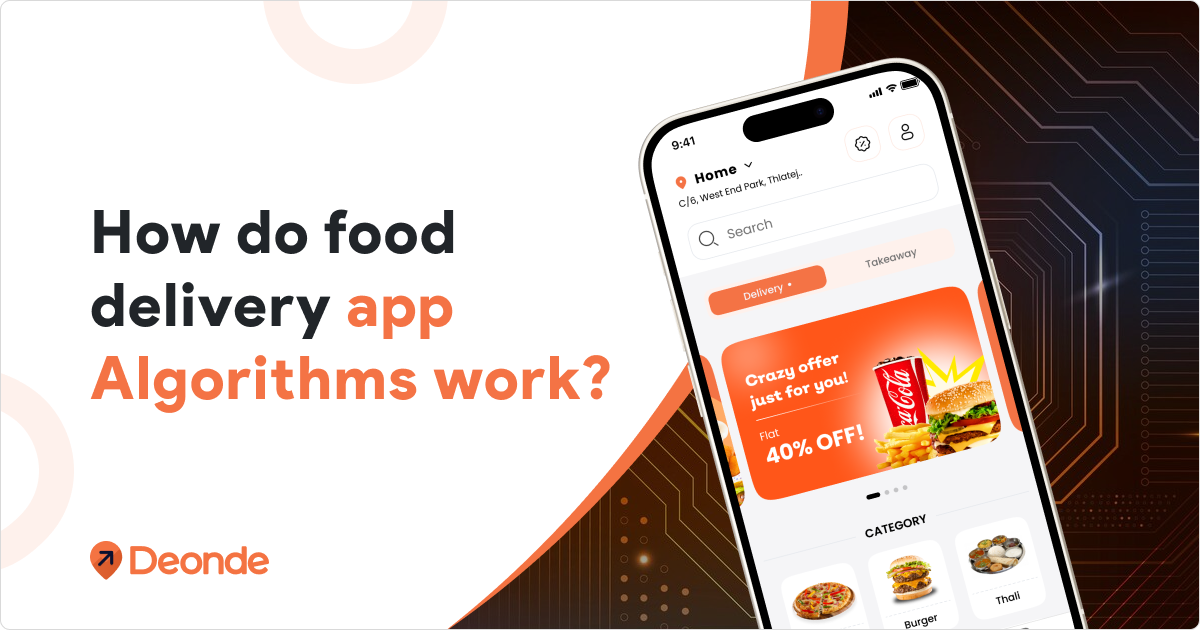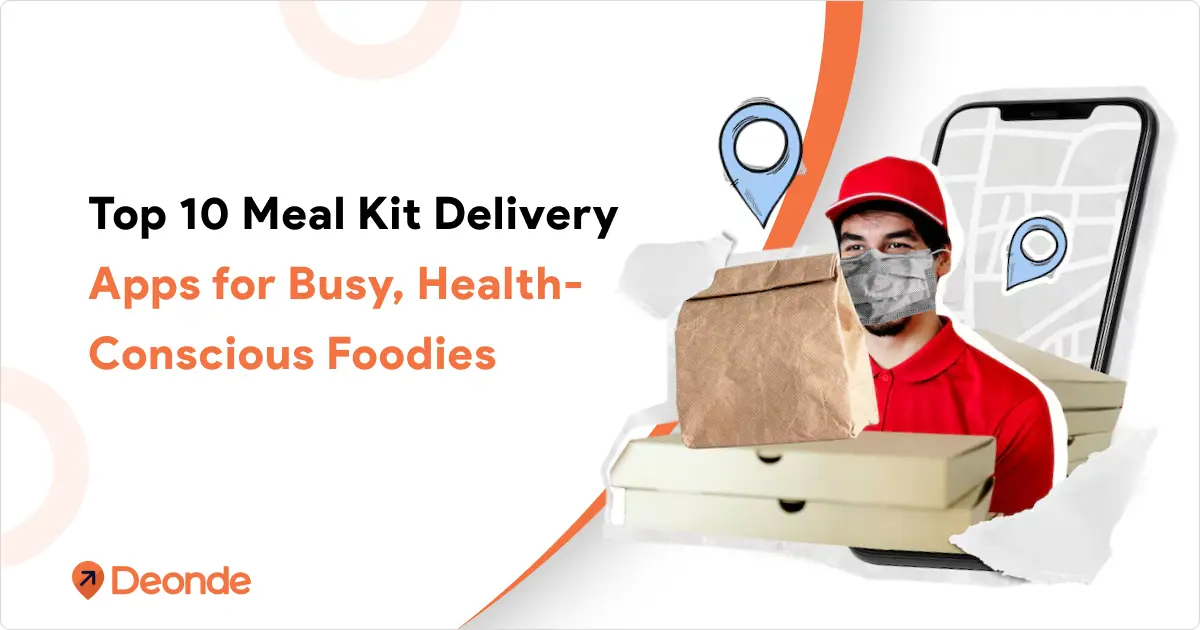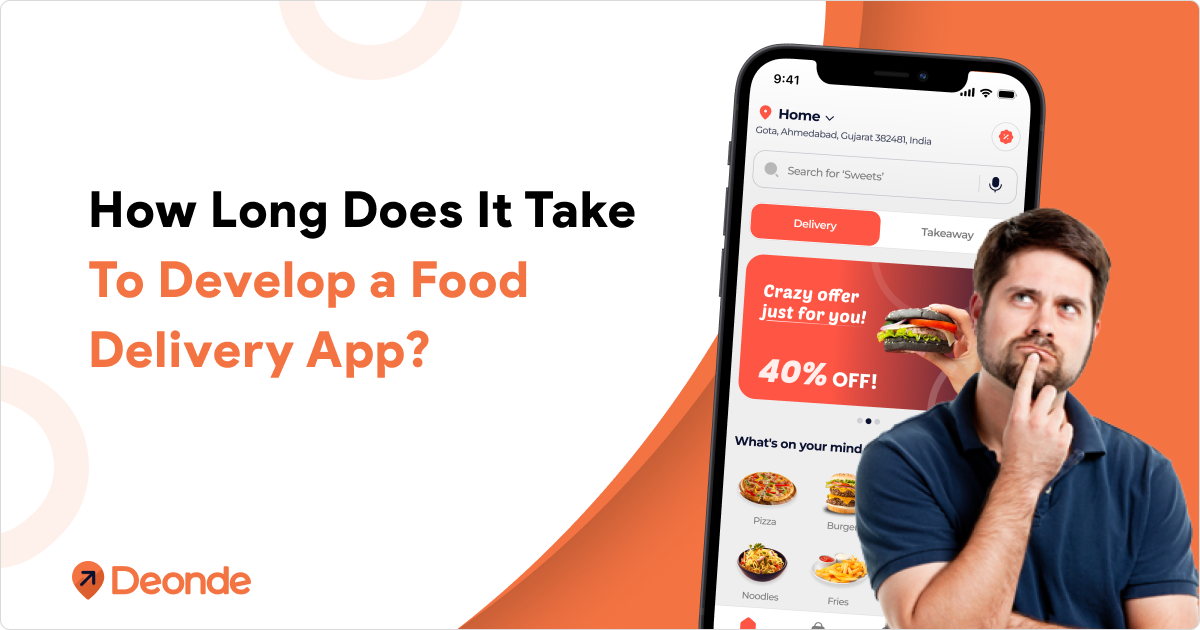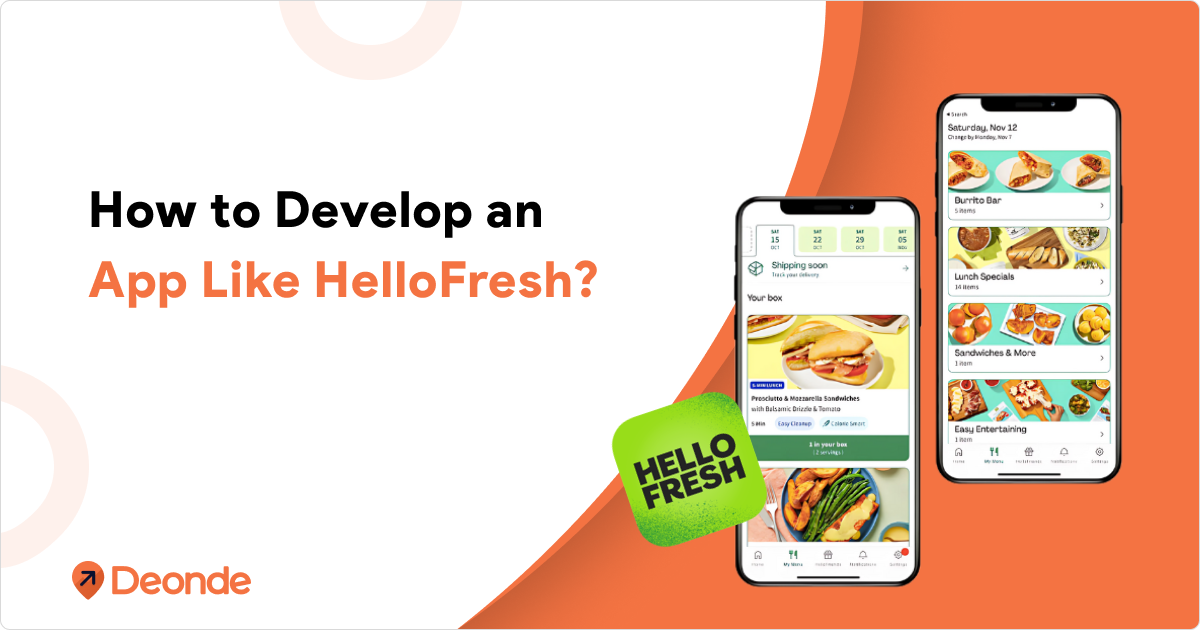Once upon a time, being a restaurant owner meant understanding the nuances of dine-in operations.
However, in today’s tech-driven era, food businesses significantly depend on online food ordering systems for customer acquisition and sales.
These food ordering systems allow customers to place food orders online. Once these orders get processed, then steaming hot food is delivered to the customer’s doorstep.
To survive in this thriving industry, restaurant owners and food entrepreneurs need to understand the ins and outs of online food delivery platforms.
It’s not an easy job—especially if you’re coming from a non-technical background.
This is why we’ve got you covered. If you want to up your online food delivery game, then you need to understand how they work.
And it all starts with the online food ordering algorithm.
In this blog, we’ll decrypt the algorithm of food delivery apps and help you understand how they work. Let’s get started!
Existing System of Online Food Ordering System
The COVID-19 pandemic played a pivotal role in skyrocketing the popularity of online food ordering systems. Contactless home deliveries became a norm as more and more people started embracing online food delivery apps. Zomato, Uber Eats, and Swiggy become go-to brands for ordering food. We’ve been past the pandemic era and even so, the popularity of food delivery apps hasn’t plummeted.
Since 2019, the market of food delivery apps in the US alone has tripled in revenue, and close to 66 million Americans spent $8.7 billion ordering food through delivery apps.
These numbers spiked through the roof in 2020 when 111 million food delivery application users in the USA ordered $26 billion worth of restaurant-ready food. When we talk about the business of food delivery apps—the sky’s the limit!
These existing food delivery apps work as a restaurant vendor marketplace. Hyper-local restaurants are listed on the food delivery app interface. Customers can find these restaurants, navigate through menus, and even place orders through the customer food ordering app.
These apps also allow customers to track their food orders in real time and get updates through push notifications.
Food delivery apps are a boon to customers who prefer ordering in as opposed to dining out. Additionally, they are also beneficial to restaurant vendors who get digital visibility and can boost sales by catering to an online audience.
From third-party delivery apps to pre-ordering takeaway, online ordering systems are an excellent tool for restaurant businesses to reach more customers and drive profits.
How Does the Online Food Delivery System Work?
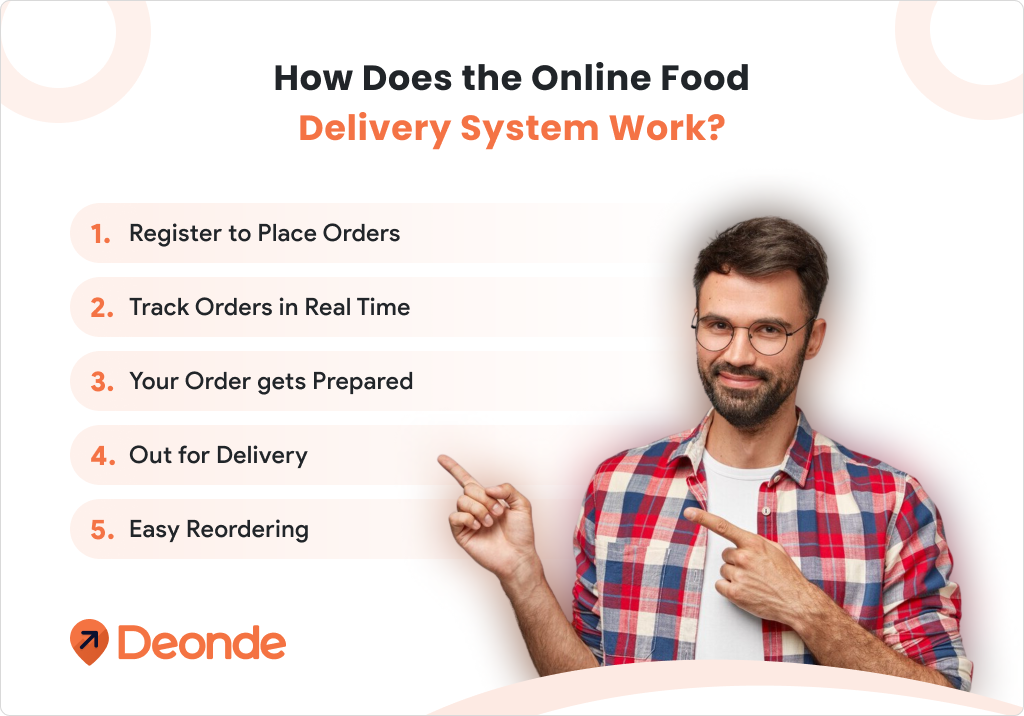
With the convenience of food delivery technology, ordering food has never been easier. But how does it all work? Let’s walk through the process of using our online food delivery apps.
Register to Place Orders
Download your preferred food delivery app from the Google Play Store or App Store.
Alternatively, you can also log in and order from web ordering webpages.
Once you complete the simple registration process, you can begin browsing. As you search for your favorite restaurants, you’ll find their menus, prices, and even ratings.
Select your favorite dishes and place orders in just a few clicks!
Track Orders in Real Time
Your order will only be confirmed after you’ve completed the payment transaction on the food delivery app.
Most food delivery apps encourage users to pay online through credit cards, debit cards, and even PayPal. Some may offer cash-on-delivery options.
After placing the order, you’ll receive updates in real time. You can follow your food’s journey through various stages, from preparations to pickup and delivery.
With real-time GPS updates, you’ll always stay in the loop.
Your Order gets Prepared
When a customer places an order, the restaurant receives a notification with all the details, including the quantity, cooking instructions, and delivery location.
Restaurant vendors quickly begin preparing the dishes and provide an estimated delivery time based on the complexity of the order and the current kitchen load.
Out for Delivery
After the restaurant has prepared and packed your order, a delivery driver is notified.
As soon as the driver reaches the restaurant, the order is handed over and the driver then makes their way to your location.
Considering traffic conditions and the distance of the restaurant from your place, it may take up to 15-30 minutes for the driver to reach your location. Once the food is dropped off, you can rate your experience and even rate the dishes you ordered through the app.
Easy Reordering
One of the standout features of online food delivery systems is the ability to view your order history.
If you have a favorite restaurant or dish, you can easily reorder it in just a few clicks. This saves time and allows you to enjoy your favorite meals without having to search through the entire menu again.
The food ordering system is designed for both convenience and efficiency. After you enjoy your meal, you can use the app to rate your experience, leave feedback, and, when you’re ready, place another order.
With saved payment details and preferences, reordering through food delivery apps has become a cakewalk.
How Does the Food Delivery Algorithm Work?
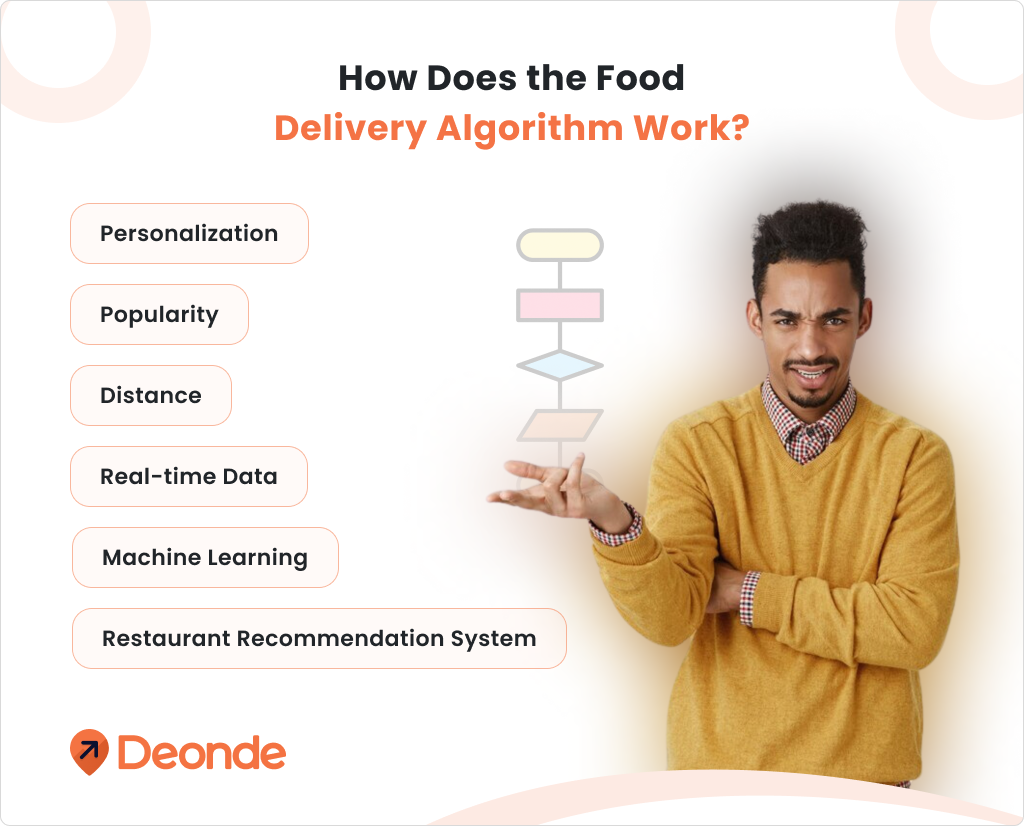
Now that you’ve seen the functioning of food delivery apps, you must have a lot of questions like:
How do these apps decide which restaurants should be displayed to the user?
How do the apps know user preferences?
The answer lies in their algorithms.
An algorithm is a set of instructions a computer or an app follows to solve a problem or accomplish a task.
In the case of food delivery apps, the algorithm’s job is to match customers with the best possible options for their food delivery needs, process orders, and ensure a seamless delivery.
Personalization
Most food delivery app algorithms work to personalize the app user’s food ordering experience. This means the app considers the user’s location, past orders, and preferences to display the most relevant restaurant options.
Such personalization algorithms of food ordering apps reduce browsing times and accelerate the time taken by the user to go to the cart.
For instance, if a customer typically orders Indian cuisine, the app will prioritize Indian restaurants nearby. Or if the user orders from a certain location, the food delivery app will remember it.
Popularity
The food ordering app algorithm also takes popularity into account. Restaurants with high ratings or a long-standing presence on the platform often enjoy greater visibility.
Moreover, a surge in orders from a particular restaurant signals strong customer demand, prompting the algorithm to elevate its position.
Hence, restaurants on food ordering apps are encouraged to provide high-quality food and excellent customer service. This will drive more orders and high ratings—ultimately resulting in more sales for the restaurants.
In-app advertising also plays an important part. Restaurants that pay for in-app advertising are displayed on top of the rest. This gives the restaurant a leg up over their competitors as they can 10X the chance of customers noticing their brand.
Distance
The distance between the restaurant and the customer is pivotal to the food delivery app’s algorithm.
Restaurants located closer to customers will appear higher in search results on food delivery apps. This prioritization is based on the apps’ goal of faster delivery times, ensuring that customers receive their orders promptly.
By strategically locating their restaurants and establishing additional locations in densely populated areas, restaurants can improve their ranking on food delivery apps by reducing average delivery distances.
Real-time Data
Food delivery apps use real-time data to increase the accuracy of their algorithms.
For instance, food delivery apps leverage real-time traffic data to optimize delivery routes. By analyzing current traffic conditions, the app can identify potential delays and reroute deliveries accordingly.
This ensures that orders are delivered on time, even during peak traffic hours.
Machine Learning
Today, food delivery apps are deploying machine learning and AI to improve their algorithms further.
With the help of ML/AI, food delivery apps delve deeper into customer preferences, understanding their likes, dislikes, and dietary restrictions.
This newfound insight enables the app to provide highly personalized recommendations.
For instance, if a customer frequently orders from a specific cuisine or restaurant, the app can intelligently prioritize these options in the in-app search results.
Additionally, by analyzing past order history, the app can anticipate future preferences and proactively suggest relevant dishes or deals.
Furthermore, ML and AI can optimize delivery operations. By analyzing real-time traffic data, weather conditions, and historical delivery patterns, the app can estimate accurate delivery times and suggest optimal delivery routes.
This not only enhances the customer experience but also improves efficiency for delivery partners.
Restaurant Recommendation System
Popular recommendation systems typically target individuals and use content-based recommendation and collaborative filtering techniques. These techniques are based on the food delivery app user’s viewing, purchasing, or rating history.
While this approach can be effective, it’s limited by the fact that not all users provide feedback after their orders.
To address this limitation, modern food delivery apps are increasingly turning to advanced recommendation systems that leverage actual order data.
One such technique is the K-Nearest Neighbors (KNN) algorithm. In the context of restaurant recommendations, KNN works by identifying users with similar ordering patterns.
Once the nearest neighbors are identified, the system can recommend restaurants that are popular among these similar users. This personalized approach can help users discover new restaurants that align with their preferences, reducing the risk of disappointment and encouraging exploration.
Benefits of the Restaurant Recommendation System
Enhanced User Experience:
Personalized recommendations can significantly improve the user experience by suggesting relevant and appealing restaurant options.
Increased Customer Acquisition:
By introducing users to new restaurants, recommendation systems can help businesses attract new customers.
Improved Sales and Revenue:
By matching customers with restaurants that cater to their preferences, such algorithms can boost sales and revenue for both businesses and online food delivery platforms.
Are all Food Delivery App Algorithms Created Equally?
To your surprise, the answer to this question would be a resounding no.
It’s worth noting that while all food delivery apps use similar algorithms, the specific implementation may drastically vary.
Uber Eats, DoorDash, Deliveroo, and SkipTheDishes—a few delivery apps—all have unique algorithms, which might differ in how they weigh factors such as personalization, popularity, distance, real-time data, and machine learning.
For example, Uber Eats might emphasize personalization and machine learning to improve its algorithm over time.
On the other hand, DoorDash might focus more on real-time data to ensure its algorithm is as accurate as possible.
Alternatively, Deliveroo could focus on restaurants closest to the customers’ location and offer a premium service to them.
It’s also important to note that these platforms may use other factors like delivery fees, customer reviews and ratings, and restaurant partners to determine their ranking. The way algorithms weigh different factors may also depend on the brand values. Food delivery apps that value quality over time will factor in ratings. While the ones that value quick delivery will rank restaurants based on distance and location.
Pro Tip: Before partnering with a food delivery app platform, restaurant vendors must understand how each platform’s algorithm works. Doing so can help restaurants optimize their workflows in line with that of the algorithms functioning.
The Role of AI in Food Delivery Mobile Applications
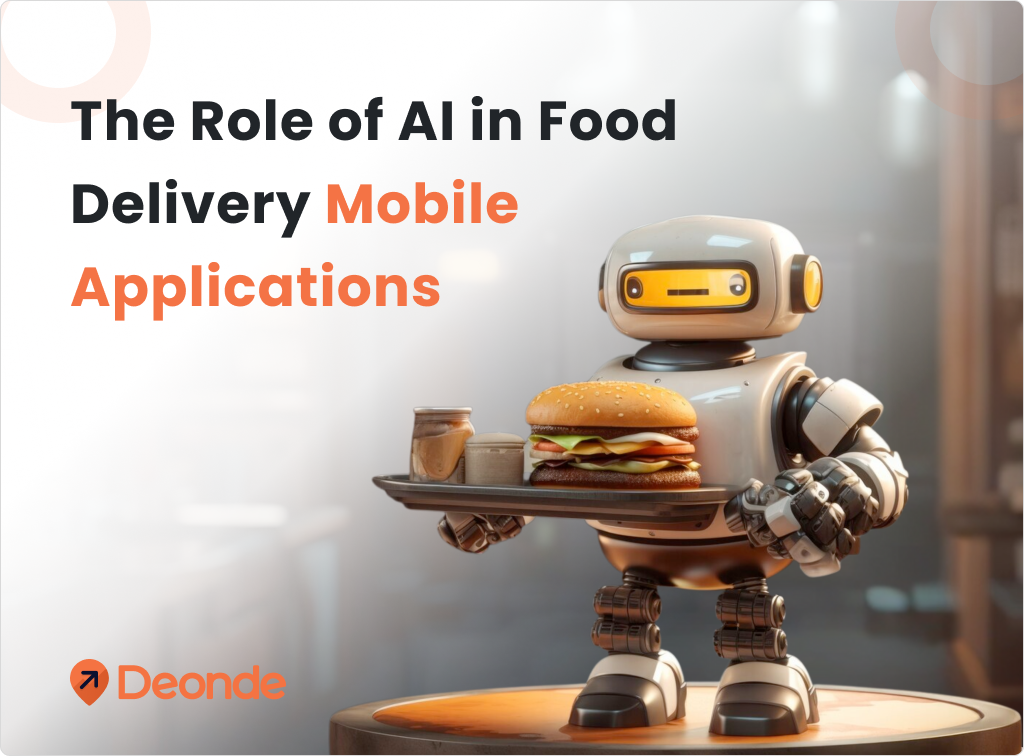
In recent years, AI has played a significant role in boosting the functionality of online food delivery mobile apps. We’ve already discussed the impact of AI on personalized recommendations.
Now, we’ll see its effect on customer service.
AI-based chatbots have also become increasingly popular because they can resolve queries and process refunds immediately.
No more waiting for a customer service representative on the phone. AI’s got your back!
AI eliminates the need for lengthy phone calls with customer service representatives, providing a more efficient and convenient experience for users.
As you can see, AI-powered ordering systems are no longer a luxury but a necessity for restaurants to thrive in today’s competitive markets.
This is why Deonde offers a comprehensive suite of AI-driven food delivery solutions to optimize restaurant operations and enhance customer satisfaction.
By leveraging Deonde’s AI mobile apps, restaurants can create dynamic menus, offer personalized recommendations, and analyze real-time data to drive sales.
Deonde food ordering and delivery suite is customizable and SaaS-based. Meaning it can be seamlessly integrated with an existing POS without much hassle. Deonde SaaS-based white-label food delivery apps ensure a smooth transition from the existing interface and can take restaurant businesses to new heights.
To get started with your food delivery app, connect with Deonde.
Conclusion
Online food ordering systems powered by a collection of sophisticated algorithms. It is these algorithms that connect hungry customers with their favorite, hyper-local restaurants.
By understanding the intricacies of these ordering app algorithms, restaurants can optimize their online presence and attract more customers.
From personalization to real-time data analysis, AI is transforming the food delivery industry.
By embracing AI-powered solutions like Deonde’s food ordering apps, restaurants can streamline operations, enhance customer experience, and drive sustainable growth.
As the food delivery landscape continues to evolve, staying ahead of the curve will be crucial for restaurants to thrive. Hence, we highly recommend that you visit Deonde today to elevate your food delivery business.
FAQs:
1. Does Uber Eats use an algorithm?
Yes, Uber Eats uses an algorithm to match delivery drivers with orders. It also uses route optimization to find efficient delivery routes for drivers. This route optimization algorithm considers factors like driver location, traffic conditions, and order urgency to calculate the fastest route.
2. How does the Swiggy algorithm work?
Swiggy’s complex algorithm is responsible for those quick and easy on-demand food deliveries. Swiggy’s algorithm operates on multiple levels and has optimized the entire food delivery process. Swiggy’s algorithms process orders, payments, and even user ratings. The algorithm also uses dynamic pricing based on demand and supply. Very much Like Uber Eats or Zomato, Swiggy uses algorithms to optimize delivery routing.
